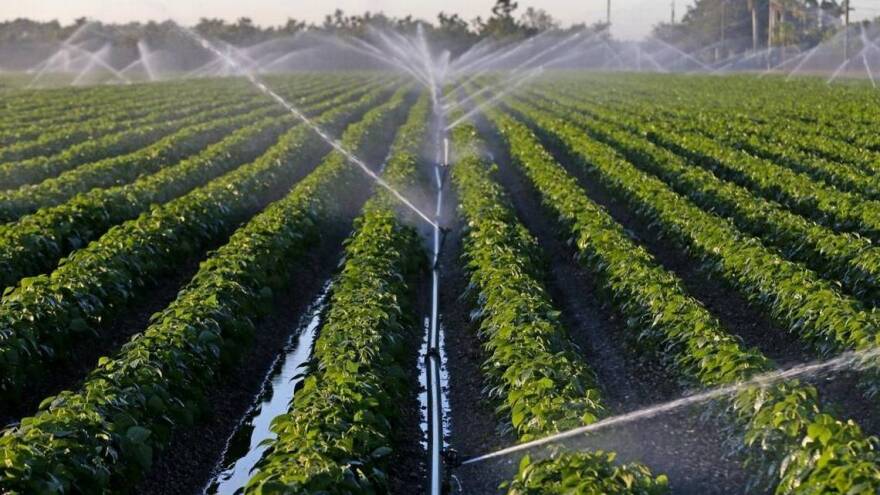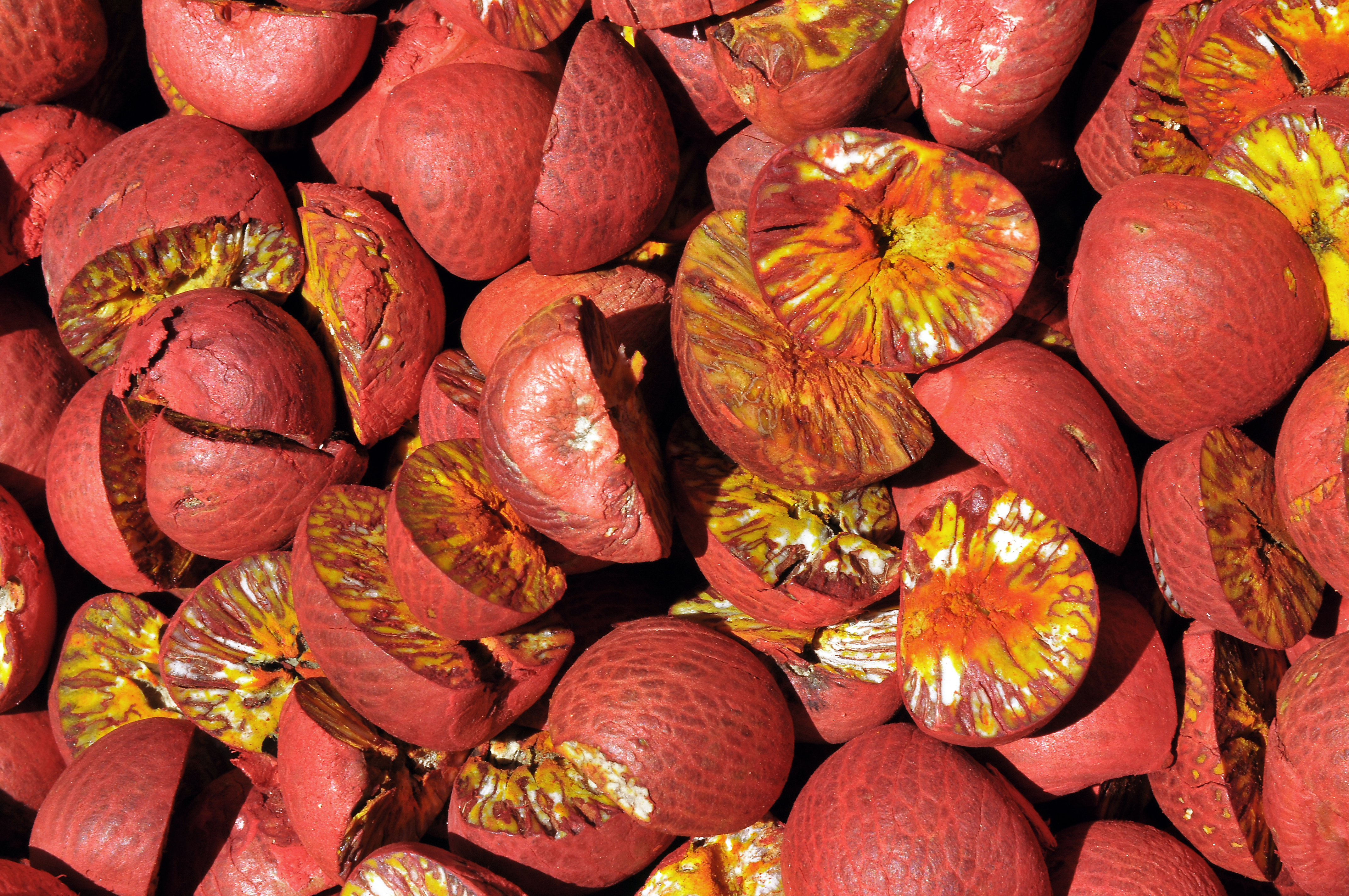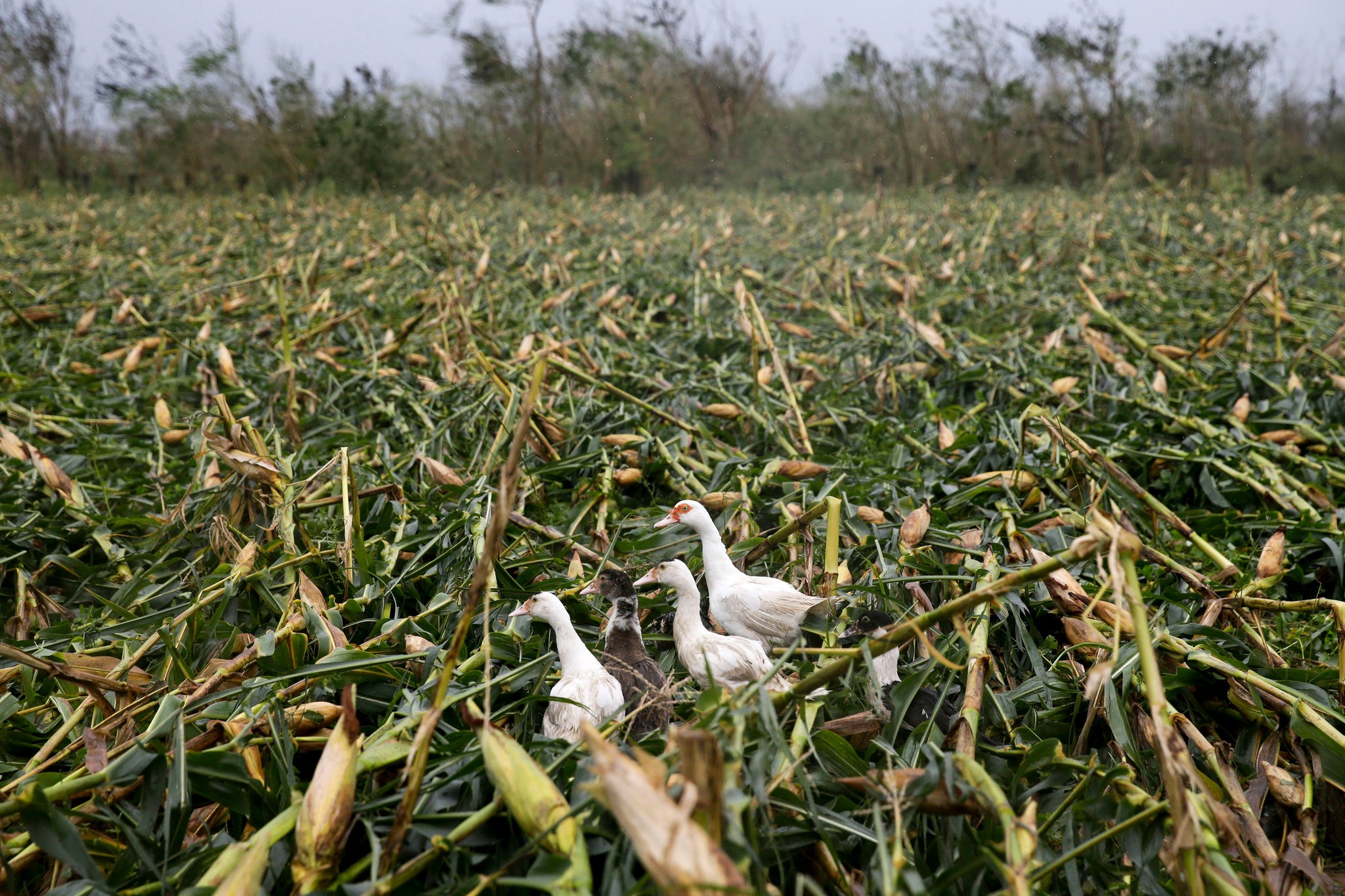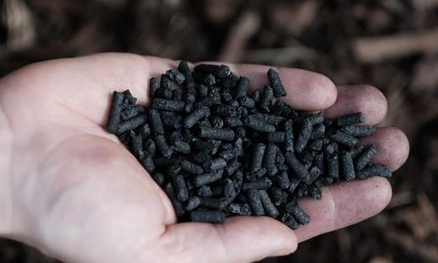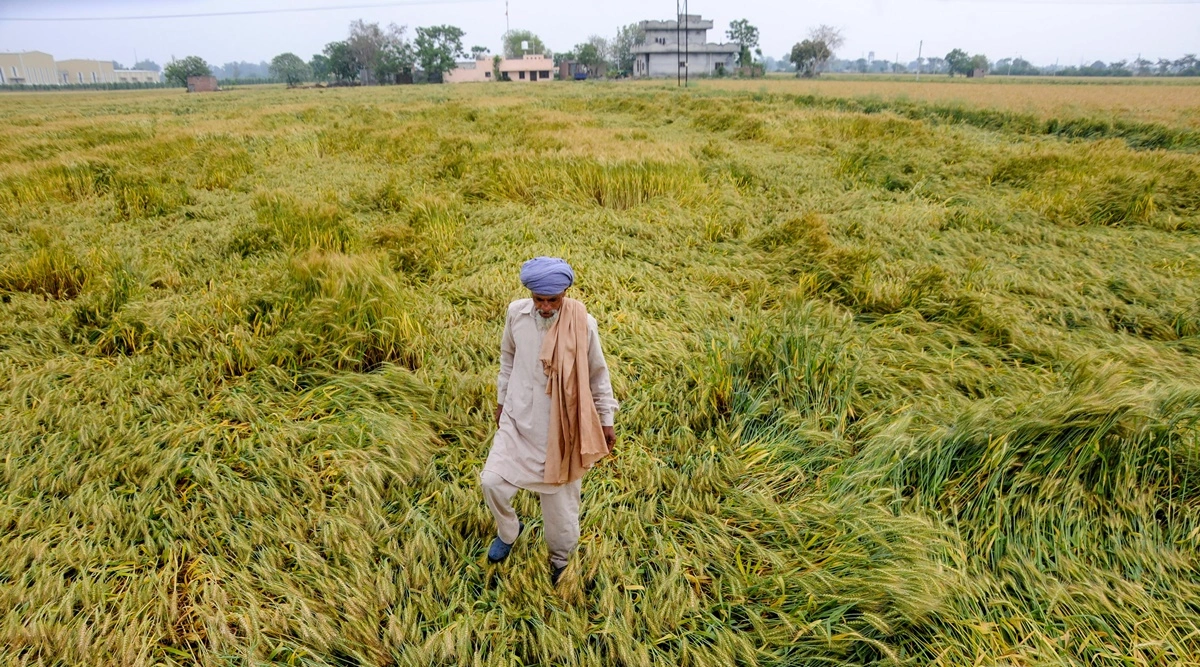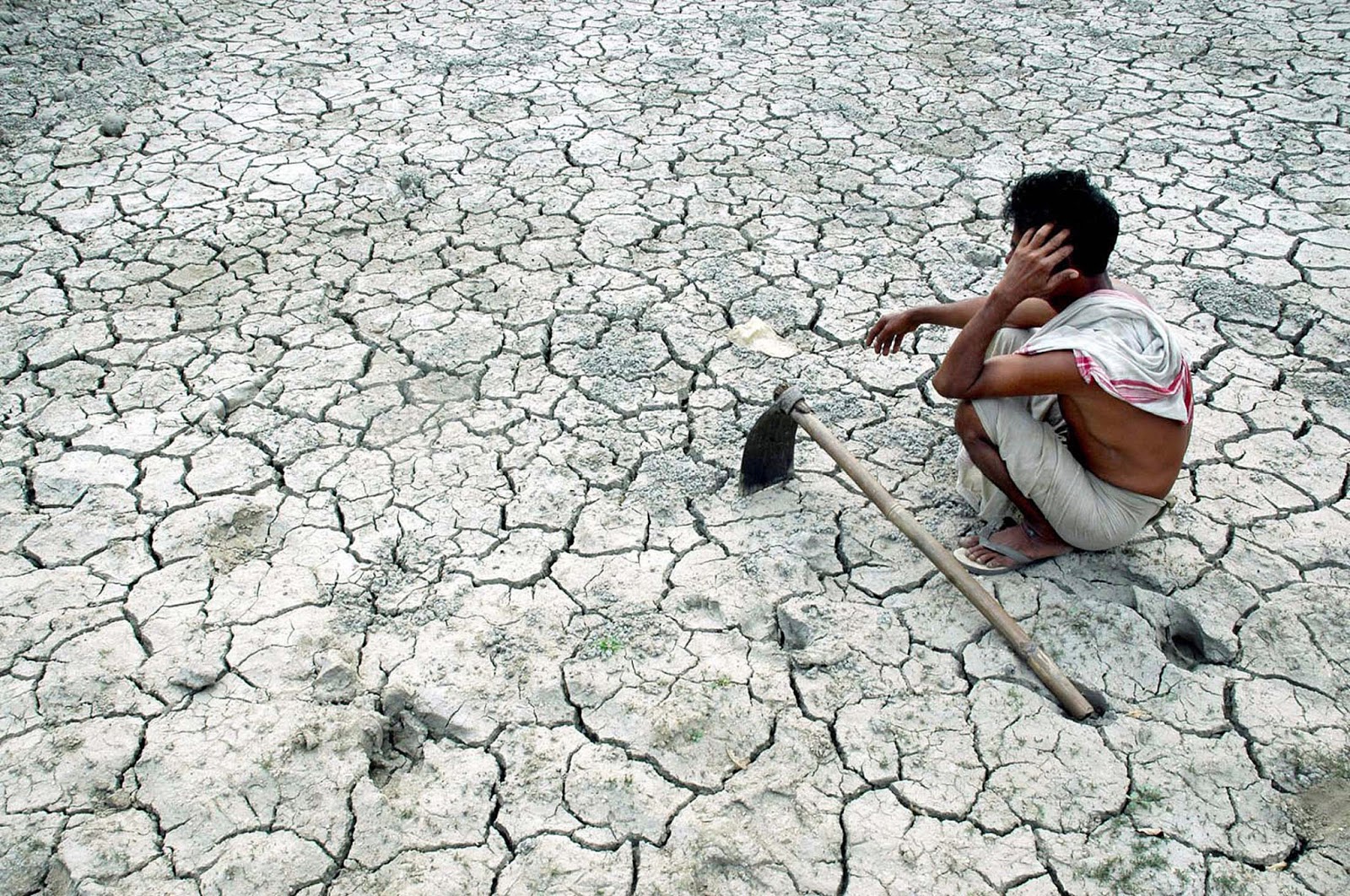Over a quarter of India's population is affected by the ongoing drought conditions prevailing in large parts of the country. DW examines the reasons behind the problem and the steps needed to alleviate it.
The ongoing spell of drought and severe water shortages are affecting more than 300 million people in the country, the Indian government said recently, turning the spotlight on a problem that has frequently plagued the South Asian nation in recent years.
There are various ways in which a drought can be defined. A meteorological drought is when there is a shortfall of rains. A hydrological drought occurs when deficient rainfall leads to plummeting water reserves. And agricultural drought is declared when the lack of water affects crops and harvests.
India relies heavily on seasonal monsoon rains for rainfall and water. And as a result of poor monsoons over the past two years as well as weak rainfall in the early months of this year, reservoirs, ponds and wells have dried up in many parts of the vast nation, causing acute water shortages.
The situation has forced authorities in some Indian states to ration drinking water and use trains to transport fresh water to certain drought-ravaged areas.
Water woes
Inadequate rainfall, however, is not the only reason behind India's severe water woes, with experts pointing to other contributing factors such as rapid population growth, depletion of groundwater resources, poor water management and chronic lack of investment in storage systems.
"Although India is historically drought-prone, over the past decades, faster population growth, greater urbanization, and consequent large-scale deforestation and leveling of water bodies like large ponds and lakes for legal or illegal constructions have added to the water problems," said N. Sathiya Moorthy, director of the Chennai Chapter of India-based Observer Research Foundation.
This view is shared by Michael Kugelman, South Asia expert at the Washington-based Woodrow Wilson Center, who noted that increasing amounts of water have been required to quench the thirst of a population of over a billion people, and to sustain a growing economy, thus naturally leading to severe shortages.
Furthermore, he told DW, water is also used wastefully in India, with sprinklers often running non-stop, water trucks driving around often leaking water out of their containers, and so on.
The analyst also blamed government policies such as subsidies for particularly water-intensive crops as well as heavy irrigation methods for having contributed to the problem.
"These policies exacerbate the damage wrought by climate change, which clearly plays a role not only in the droughts, but also in how such high temperatures have been registered across India this year much earlier than is typically the case," Kugelman said.
Indeed, soaring temperatures in the southern and eastern parts of the country over the past several weeks have so far claimed over 150 lives.
Farmer suicides
Poor rainfall and drought conditions also have an adverse economic and social impact, particularly on India's rural communities, which account for around 60 percent of the nation's population.
"The impact of drought is felt directly by farmers, due to poor crop yields or crop failures, which results in reduced farm incomes, and this has wider transmission effects throughout rural communities due to lower consumer spending by agricultural households," said Rajiv Biswas, Asia-Pacific Chief Economist at the analytics firm IHS.
Since a large share of Indian rural households is still living in poverty, they are extremely vulnerable to loss of income as they have limited savings to draw upon.
Many farmers in India are also deeply indebted and need good harvests to allow them to recoup financial losses and repay loans. And as drought ruins their harvests, many desperate farmers kill themselves, noted Kugelman. "Drought is a major factor in the thousands of farmer suicides afflicting India over the last few decades."
Furthermore, the problems have accelerated migration of rural communities to urban centers, putting more pressure on cities already stretched in terms of resources.
Countermeasures needed
Despite the tragic consequences, successive Indian governments have for many decades failed to invest in rural infrastructure, particularly water storage and irrigation infrastructure, which has been a major contributor to the drought problems of India, say analysts.
In this year's budget, the present government - led by Prime Minister Narendra Modi - announced an increase in spending on rural agricultural infrastructure. It also approved a new crop insurance scheme in January that should help provide income support to farmers to cope with extreme weather events.
Nevertheless, the scale of the problem remains vast.
To tackle India's water crisis, economist Biswas told DW, what is required is a large-scale national water infrastructure development program that will not only use Indian public funds but also leverage international aid assistance and other forms of development finance to rapidly build up national water storage capacity.
"A key part of the solution is to build a much larger network of big water reservoirs as well as regional and local water storage systems. In parallel, advanced agricultural irrigation systems should be integrated into low rainfall areas of India, utilizing advanced technology that is used in arid areas of countries such as the US, Australia and Israel," he said, adding that modernization of urban waterworks is also very important in order to prevent large-scale loss of water through leaking and damaged pipes.
In the short term, however, the Indian government can take certain preemptive and proactive steps to lessen the vulnerability of people to drought.
This should entail providing more financial support to farmers; staging awareness raising campaigns that teach people how to conserve water and use it more judiciously; and essentially giving people incentives to use water cautiously, as should be the case with any nonrenewable resource, explained Kugelman.
"If they take these modest steps, they can help insulate their people from droughts that will inevitably continue to hit India hard, again and again."
Source - www.dw.com

